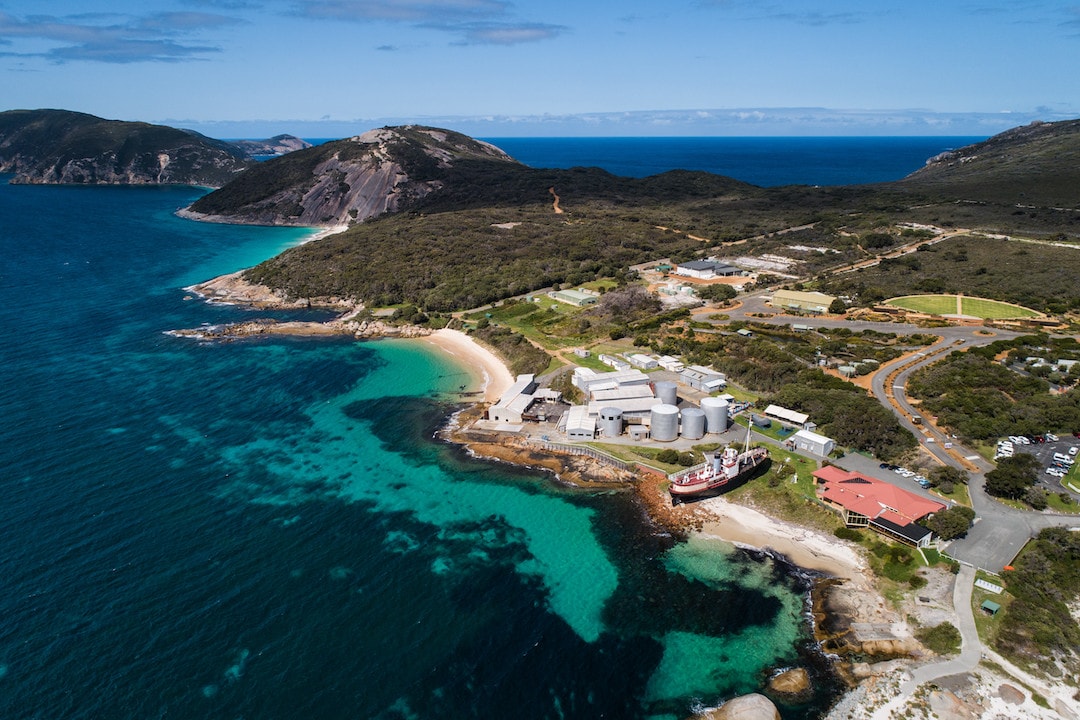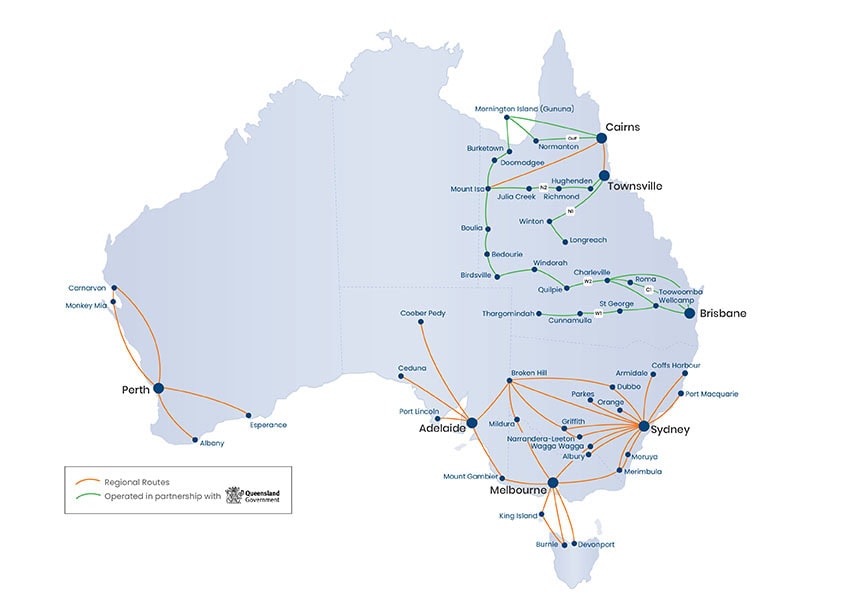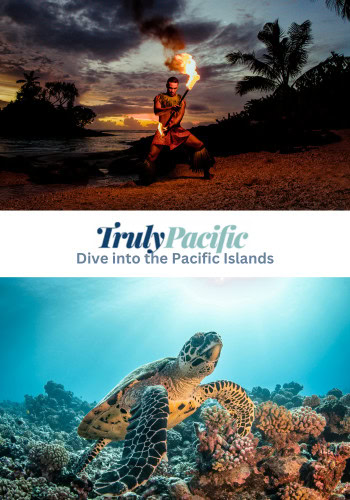Albany, known for its whaling and ANZAC history, is home to unforgettable nature experiences and some of the most stunning parks and beaches in Western Australia.
The naturally rugged beauty of wind-whipped Albany is something that sets it apart from many other cities in the country.
Established as the first European settlement in Western Australia, Albany sits on the southernmost tip of WA, and is 4.5 hours from Perth. The city has more than 40 registered aboriginal heritage sites and the Indigenous history dates back more than 25,000 years. The area was inhabited by the Minang Noongar Aboriginal people for some 18,000 years before it was first encountered by Europeans.
Sadly, at the beginning of World War I in 1914, more than 41,000 Australian and NewZealand ANZAC troops and horses gathered in Albany before leaving for Egypt where they would train for the war. From there they headed to Gallipoli, where they landed on 25 April 1915. Many returned home wounded, and many never returned at all.
Albany was chosen as the departure point because not only was it an important coal and water port, it also could safely shelter the 38 troopships and escorting warships, giving the ANZACS the chance to head off in convoy together. For so many soldiers, Albany was the last part of Australia they ever saw.
The area is also (again, sadly) well-known for its history as a whaling empire, and while in town you should visit Albany’s historic whaling station as it’s a stark reminder of how whales were once treated. The Cheynes Beach Whaling Company was the last whaling company to cease operations in Australia, closing in 1978. Opening in 1980 (known then as Whale World), it is now home to an interactive museum on whales and whaling.
Albany’s sheltered waters and vast nature reserves protect some of Australia’s most rare and endangered species of plants and animals, and most notably, Albany is home to Gilbert’s potoroo – a marsupial resembling a mouse mixed with a wombat, that was once considered extinct.
Opening image: Aerial view of Albany’s Historic Whaling Station at Discovery Bay, Albany. Tourism WA.
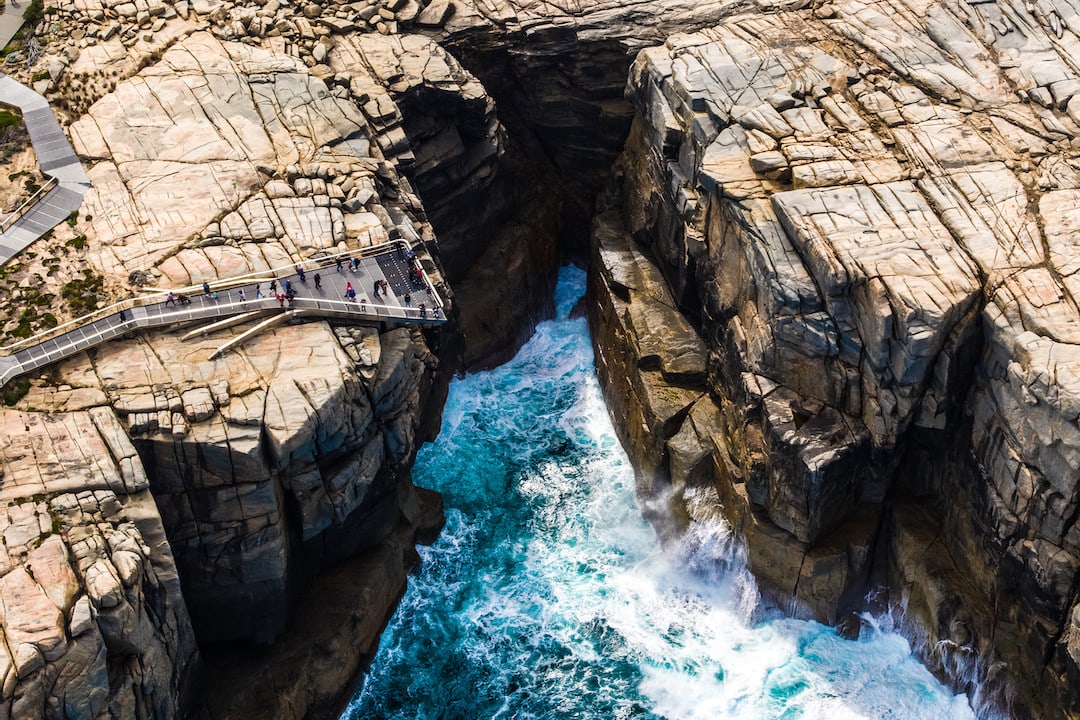
Torndirrup National Park – The Gap and Natural Bridge
Getting outdoors in this region means ticking off some of the big bucket list places such as Torndirrup National Park. Located on the land of the Menang people, the park is a 20-minute drive from the middle of Albany, and is home to some of the most spectacular land formations created by the sea, and awesome views of the Southern Ocean to boot.
The Gap is a famous chasm between two rock formations, allowing visitors to see the natural beauty of Albany and feel the force of the thundering ocean waves below as they crash into the cliffs. The path leading to the Gap protects the local flora and fauna such as cut-leaf banksia, andersonia, and welcome swallows.
The grand viewing platform jutting out some ten meters from the cliff face and 40 meters above the sea, allows visitors to capture perfect pictures of the natural beauty of Albany, such as the gorgeous turquoise sea.
The location also features Natural Bridge, which (as its name suggests) was carved out due to centuries of erosion. The bridge offers views of one of Australia’s most stunning exposed coastlines with craggy cliffs spanning off into the distance.
If you’re visiting during the months of May to September, look out for humpback, blue, sperm, and gray beaked whales migrating along the coast far below.
The National Park also has a picnic area, a car park, and it is wheelchair accessible.
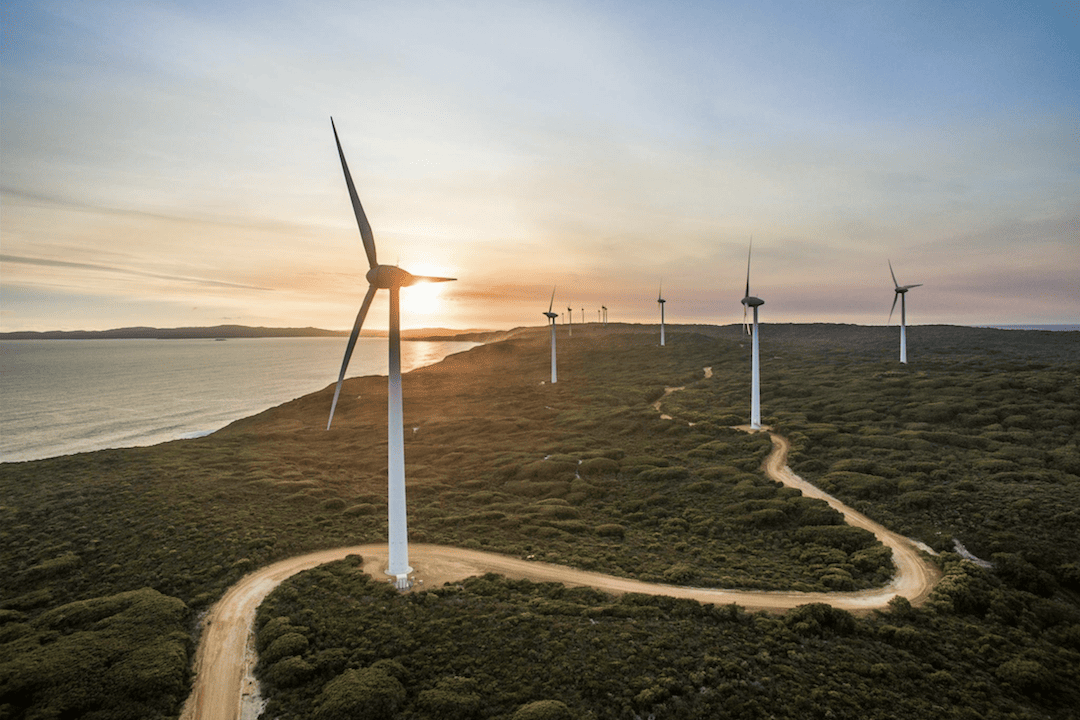
Albany Wind Farm
Albany Wind Farm is another must-see location, home to 18 giant wind turbines that produce nearly 80 per cent of Albany’s energy needs.
Park your vehicle at the car park, before heading along the boardwalk to the wooden trail. While you walk, look out for signage describing the benefits and history of the wind farming. Then head down the stairs to The Sand Patch Coastal Platform to take in all the natural beauty this area has to offer.
The wind farm is also a fantastic site to spot whales between the months of May and October. And for amazing photos, visit this area in the evening to catch cotton candy skies at sunset.
Next to the coastal platform lies the Bibbulmun track, which is one of the world’s longest walking trails. The best time to step out to experience the Wind Farm and the track is in autumn or spring, when wildflower season is in full bloom.
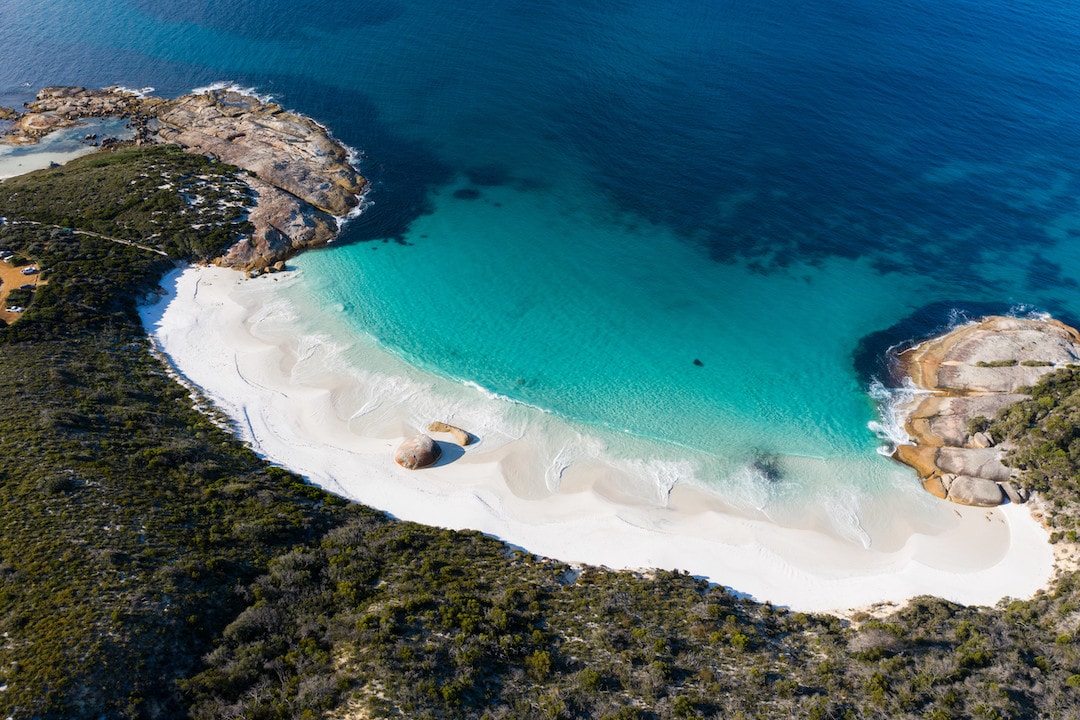
Two People’s Bay
Travelers visiting Albany during April and May should head to Two Peoples Bay Nature Preserve. This amazing site is only 35 kilometres from Albany and offers animal lovers the opportunity to see the rarest marsupial in the world – our little Gilbert’s Potoroo.
This adorable creature was thought to be extinct, until rediscovered at Two Peoples Bay in 1994. The area is home to several other endangered species such as Noisy Scrub-birds and a variety of cockatoos.
Visitors can hike amongst New England Peppermint woodlands while listening to the songs of the highly territorial male Noisy Scrub-birds in autumn, or walk along the trails to Little Beach – an instagram-famous location known for its fantastic view of the coastline, featuring white sands and turquoise waters. The protected bay is a great area to go for a dip or a snorkel. Across from Little Beach, you’ll be able to spot Mount Many Peaks.
For more to explore in Western Australia, clicke here!
Want to explore the natural beauty of Albany?
If you want to experience the natural beauty of Albany, we’ve got you covered. Rex Airlines flies directly from Perth to Albany. Click here to book.

